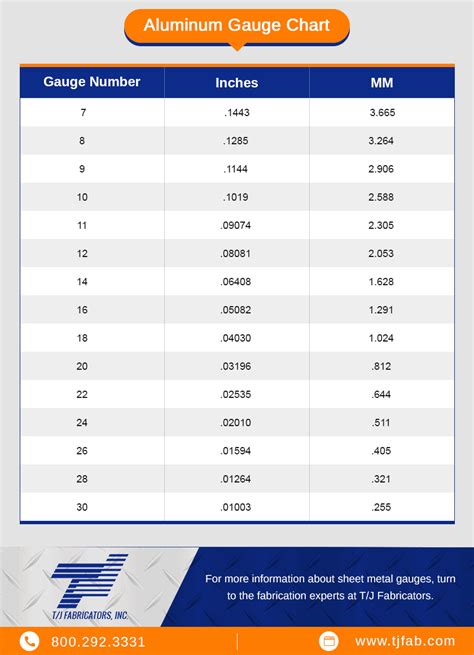alum sheet metal gauges Use our handy chart to convert standard gauge numbers in decimals of an inch for sheet steel, aluminum and stainless steel.
Learn how to wire an electrical junction box with a detailed wiring diagram. This article provides step-by-step instructions and illustrations to help you properly wire your junction box for safe and efficient electrical connections.
0 · standard aluminum sheet thickness chart
1 · standard aluminum sheet metal gauges
2 · sheet metal gauge range chart
3 · aluminum sheet metal thickness chart
4 · aluminum sheet metal gauge chart
5 · aluminum sheet metal chart
6 · aluminum sheet gauge size chart
7 · aluminum gauge size chart
This 30 inch under cabinet range hood features a contemporary European slim design constructed of premium 430 stainless steel. The range hood features a patented design ventilation system to provide powerful suction with 300 CFM air flow and effortlessly remove smoke, odors and grease.
Gauge size chart for sheet metal. Filter for standard steel, galvanized steel, stainless steel, zinc, or birmingham gage.Pure metal / Used as an alloy element for aluminum, lead, zinc, and other . Use our handy chart to convert standard gauge numbers in decimals of an inch for . Reference Sheet Metal and Wire Gauge Size Data and Table for various engineering .
standard aluminum sheet thickness chart
standard aluminum sheet metal gauges
Gauge size chart for sheet metal. Filter for standard steel, galvanized steel, stainless steel, zinc, or birmingham gage.Use our handy chart to convert standard gauge numbers in decimals of an inch for sheet steel, aluminum and stainless steel.Reference Sheet Metal and Wire Gauge Size Data and Table for various engineering material
For example, in one gauge system, 18 gauge steel measures 0.0478 inches thick, but 18 gauge aluminum is 0.0403 inches thick. Because of the varying thicknesses, a gauge chart should be used to ensure the metal meets the required dimensions.
Below is our best attempt to capture all of the standard gauge thickness of different materials. Be sure to check with your supplier when purchasing steel what your actual thickness is going to be, especially if you’re receiving polished or treated material. A sheet metal gauge chart is an essential reference tool in metal fabrication that correlates gauge numbers with precise material thicknesses for various metals. Understanding how to interpret these charts is crucial for accurate material selection and processing.Find the proper measurement for your gauge size. This chart compares gage numbers to their steel and aluminum sizing standards.
premier sheet metal fabricating llc
sheet metal gauge range chart

precision stamping parts manufacturers
Below you will find a chart for metal thicknesses and weights. Commonly used metals for manufacturing at our shop are: Aluminum: 0.025", 0.032", 0.040", 0.050", 0.063", 0.080", 1/8" (0.125") and 1/4" (0.25"). Cold and hot rolled steel: 16 gauge, 14 gauge, 1/8" and 1/4". The standard or metric equivalent of a gauge value depends on the metal. For example, 18-gauge sheet metal would be 0.040 inches thick if made from aluminum and 0.048 inches thick if made from stainless steel. That’s why it is important to ensure you use the right conversion chart for the given piece of sheet metal.A sheet metal gauge or gage indicates the standard sheet metal thickness for a specified material. For example, CRCA gauge number 11 is 3 mm thickness, whereas for aluminum 11 gauge is 2.23 mm. What is the thickest and thinnest gauge of sheet metal?Gauge size chart for sheet metal. Filter for standard steel, galvanized steel, stainless steel, zinc, or birmingham gage.
Use our handy chart to convert standard gauge numbers in decimals of an inch for sheet steel, aluminum and stainless steel.
Reference Sheet Metal and Wire Gauge Size Data and Table for various engineering material For example, in one gauge system, 18 gauge steel measures 0.0478 inches thick, but 18 gauge aluminum is 0.0403 inches thick. Because of the varying thicknesses, a gauge chart should be used to ensure the metal meets the required dimensions.Below is our best attempt to capture all of the standard gauge thickness of different materials. Be sure to check with your supplier when purchasing steel what your actual thickness is going to be, especially if you’re receiving polished or treated material.
A sheet metal gauge chart is an essential reference tool in metal fabrication that correlates gauge numbers with precise material thicknesses for various metals. Understanding how to interpret these charts is crucial for accurate material selection and processing.Find the proper measurement for your gauge size. This chart compares gage numbers to their steel and aluminum sizing standards.Below you will find a chart for metal thicknesses and weights. Commonly used metals for manufacturing at our shop are: Aluminum: 0.025", 0.032", 0.040", 0.050", 0.063", 0.080", 1/8" (0.125") and 1/4" (0.25"). Cold and hot rolled steel: 16 gauge, 14 gauge, 1/8" and 1/4".
aluminum sheet metal thickness chart
The standard or metric equivalent of a gauge value depends on the metal. For example, 18-gauge sheet metal would be 0.040 inches thick if made from aluminum and 0.048 inches thick if made from stainless steel. That’s why it is important to ensure you use the right conversion chart for the given piece of sheet metal.
president at dsm metal fabrication inc

Learn about junction box electrical wiring, including how to install and troubleshoot wiring connections in junction boxes for electrical circuits.Learn how to install an electrical outlet from a junction box. In this video tutorial, I will show you how to wire an electrical outlet and how to wire the e.
alum sheet metal gauges|sheet metal gauge range chart